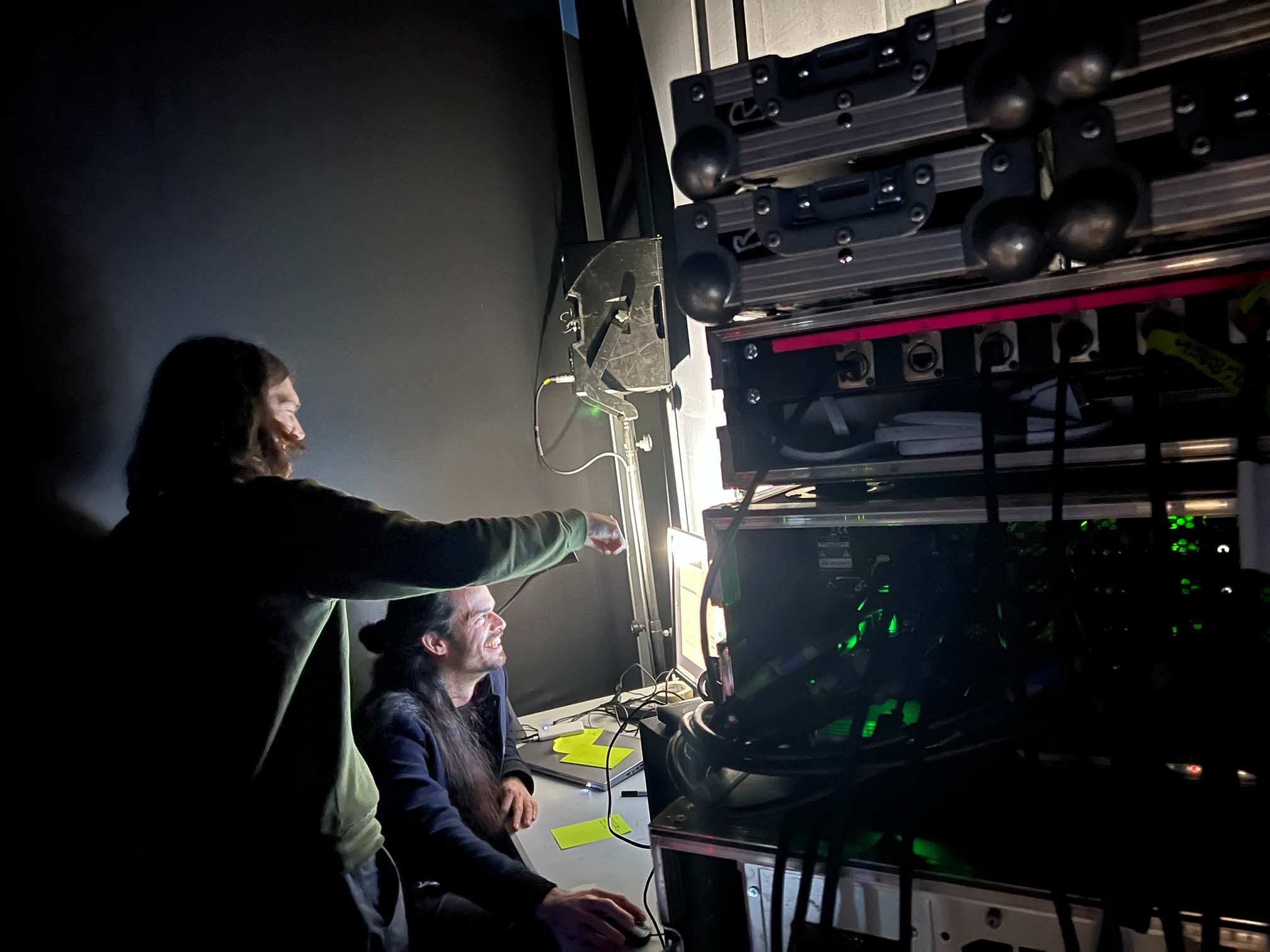At the heart of one of the world's toughest sports events, the Ocean Race, Tellart teamed up with the 11th Hour team to create something pretty special. This wasn't just about racing around the globe faster than the other five sailing teams. It was bigger than that. While competing, the 11th Hour team was also busy collecting data from oceans across the world.
The goal? To get a real-time pulse on the health of our oceans.
Role:
Concept design,
Lead Creative Technology
The 11th Hour team was comprised of scientists, sailors, and environmental crusaders. They used their unique position in the race to champion the cause of ocean rights. That's where Tellart came in. Our job was to take all of this – the racing, the science, the advocacy – and weave it into an immersive film that told their story. We focused on the unsung heroes of the ocean - the humble sea grass. We wanted to tell the story in a way that was as real and authentic as their love for sailing.
Our immersive film really hit the road, showing up in port cities all over the place where the race itself went down. We're talking Alicante in Spain, Cape Town in South Africa, Itajaí in Brazil, Newport in the USA, and Genoa in Italy. At each spot, we saw thousands show up, totally hyped to catch the film during the week it played there.

The cool part? We made sure everyone could get the gist, no matter where they were from. The film was voiced over in Spanish, English, Portuguese, and Italian. It was awesome to see folks from different backgrounds, all coming together, enjoying the same story. It was like the whole world was tuning in to this epic tale of the ocean and those who sail it.
Responsibilities
- Led the conceptual design and creative technology for the project.
- Developed the user experience for the entrance hall, utilizing captivating caustic light effects and engaging questions to introduce key themes.
- Designed interactive light effects on the floor of the main hall to create a responsive and immersive environment.
- Integrated immersive film experience, synchronizing the entire room with a holographic film centerpiece.
- Oversaw development and integration of interactive sea grass, allowing visitors to connect through a moment of play and understand its significance.
- Managed the technical setup, including three servers, 16 projectors, and 4 Kinects to sense and respond to audience movements.
- Coordinated server synchronization and content delivery using TouchDesigner and Unreal Engine for graphics, and a custom Max application for audio.
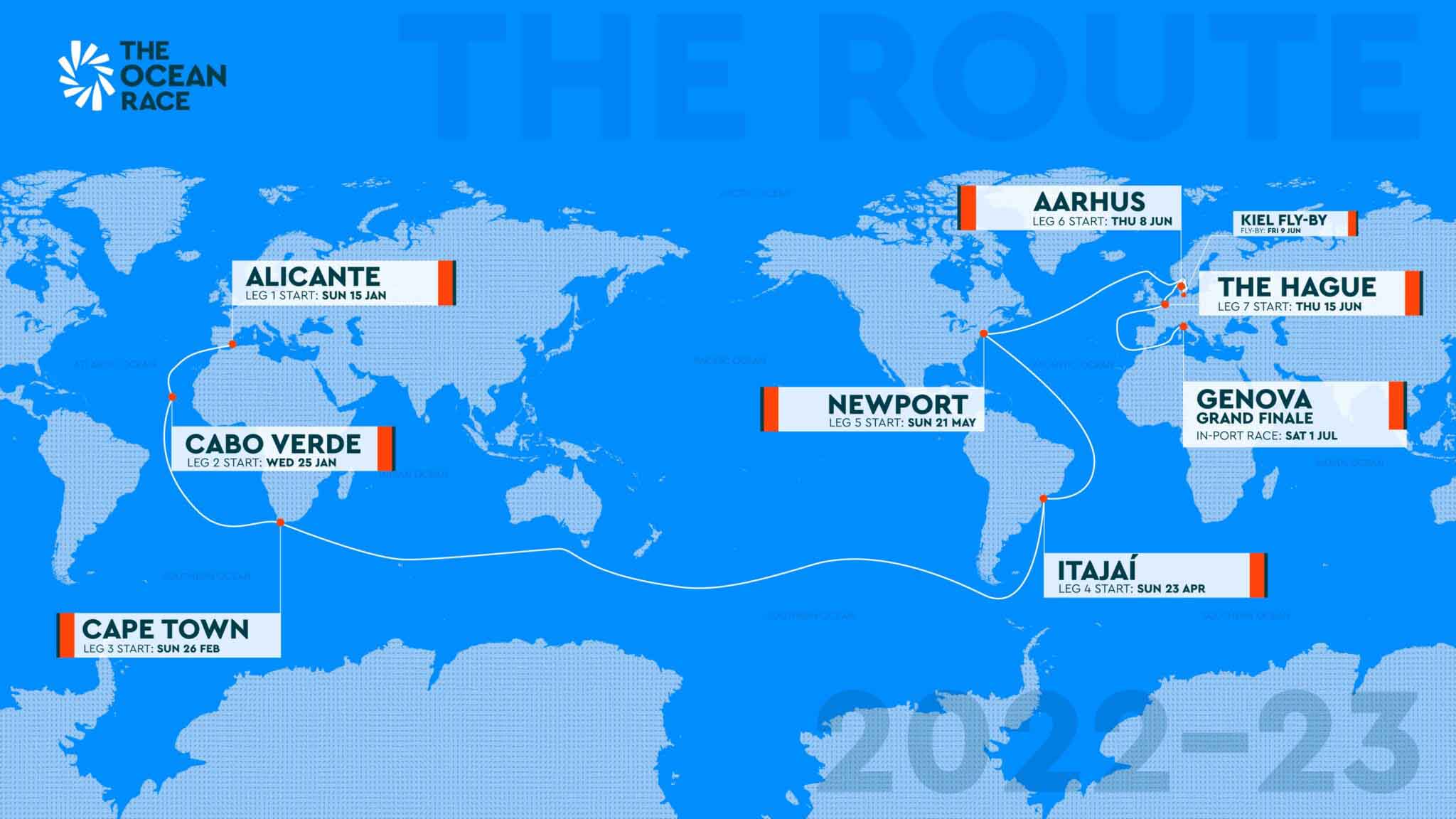
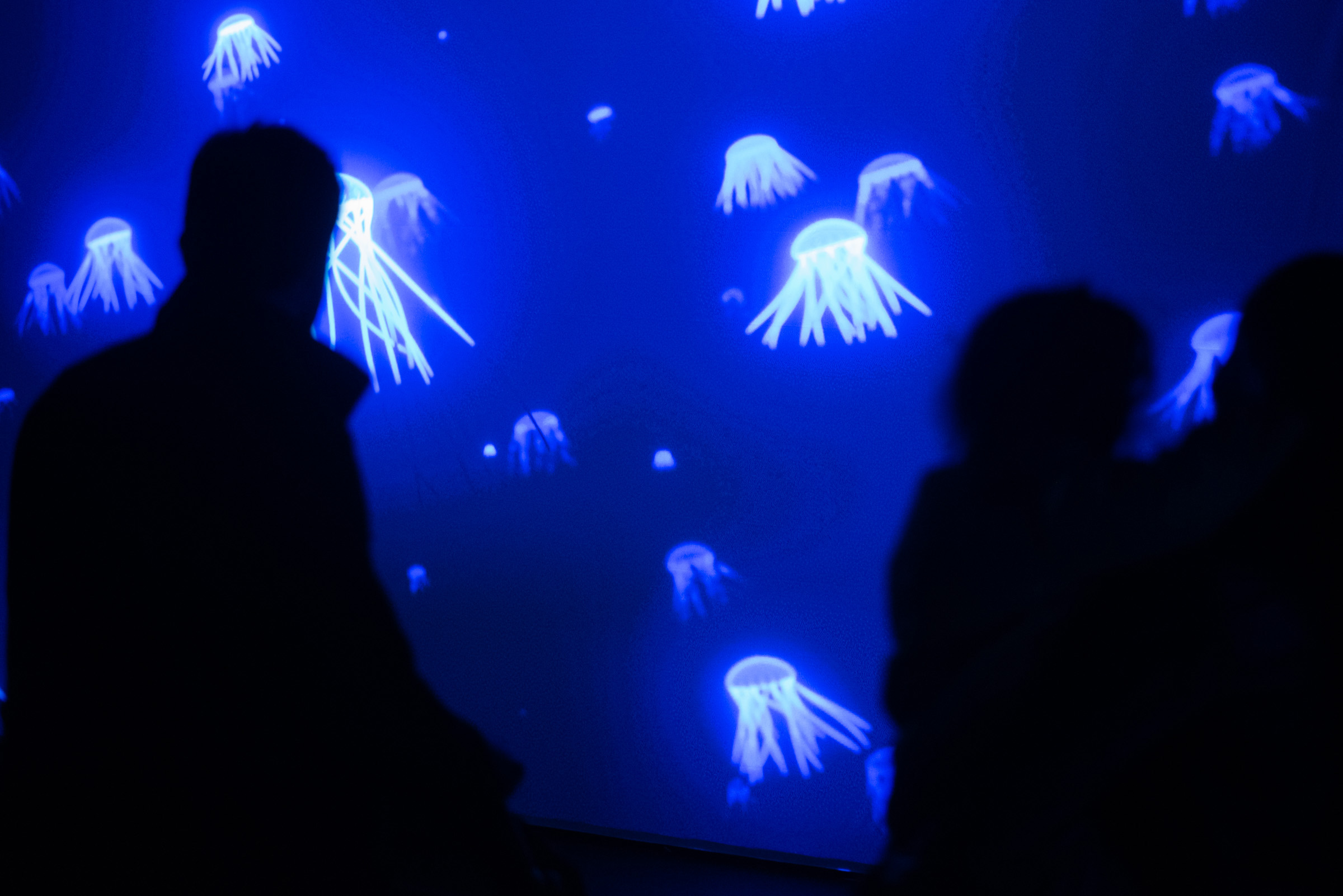
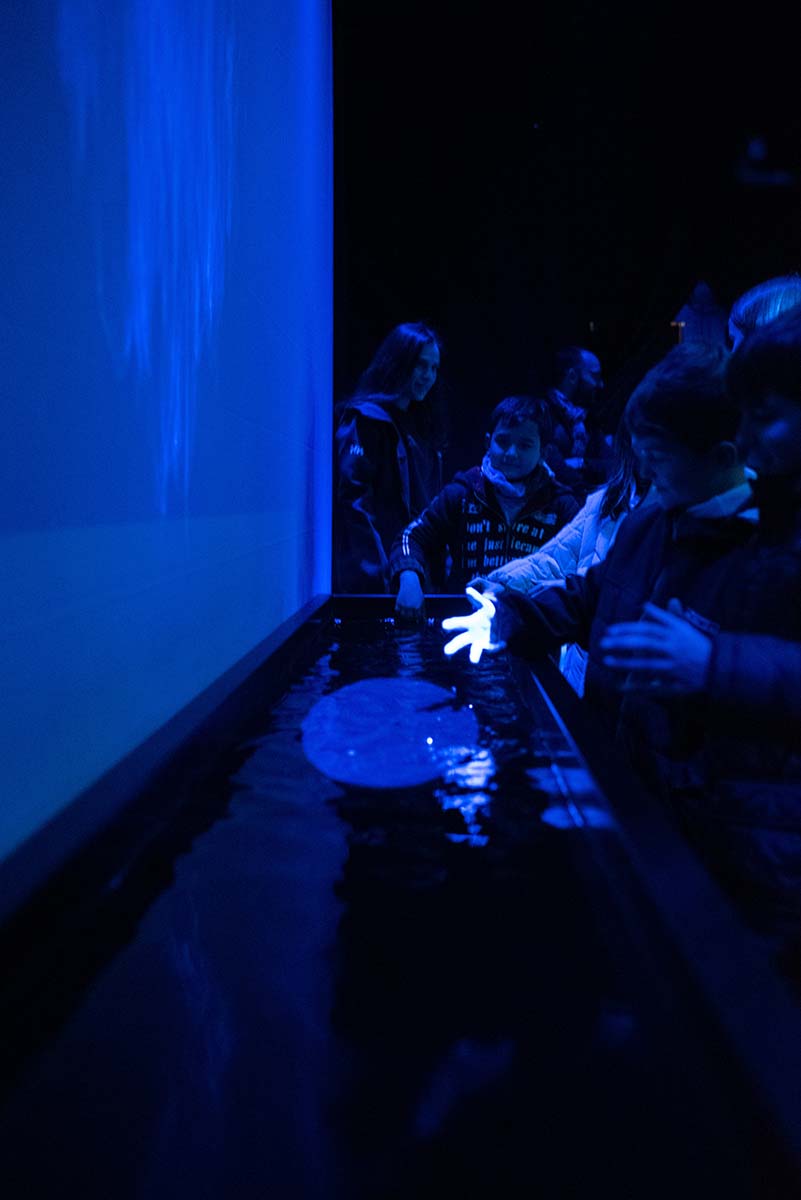
As part of the design team, my role focused on leveraging technology to enhance the storytelling. This included researching and crafting the user experience for the entrance hall. We utilized captivating caustic light effects and posed engaging questions to our audience. This approach effectively utilized the waiting period to introduce key themes, setting the stage for the immersive experience that followed.
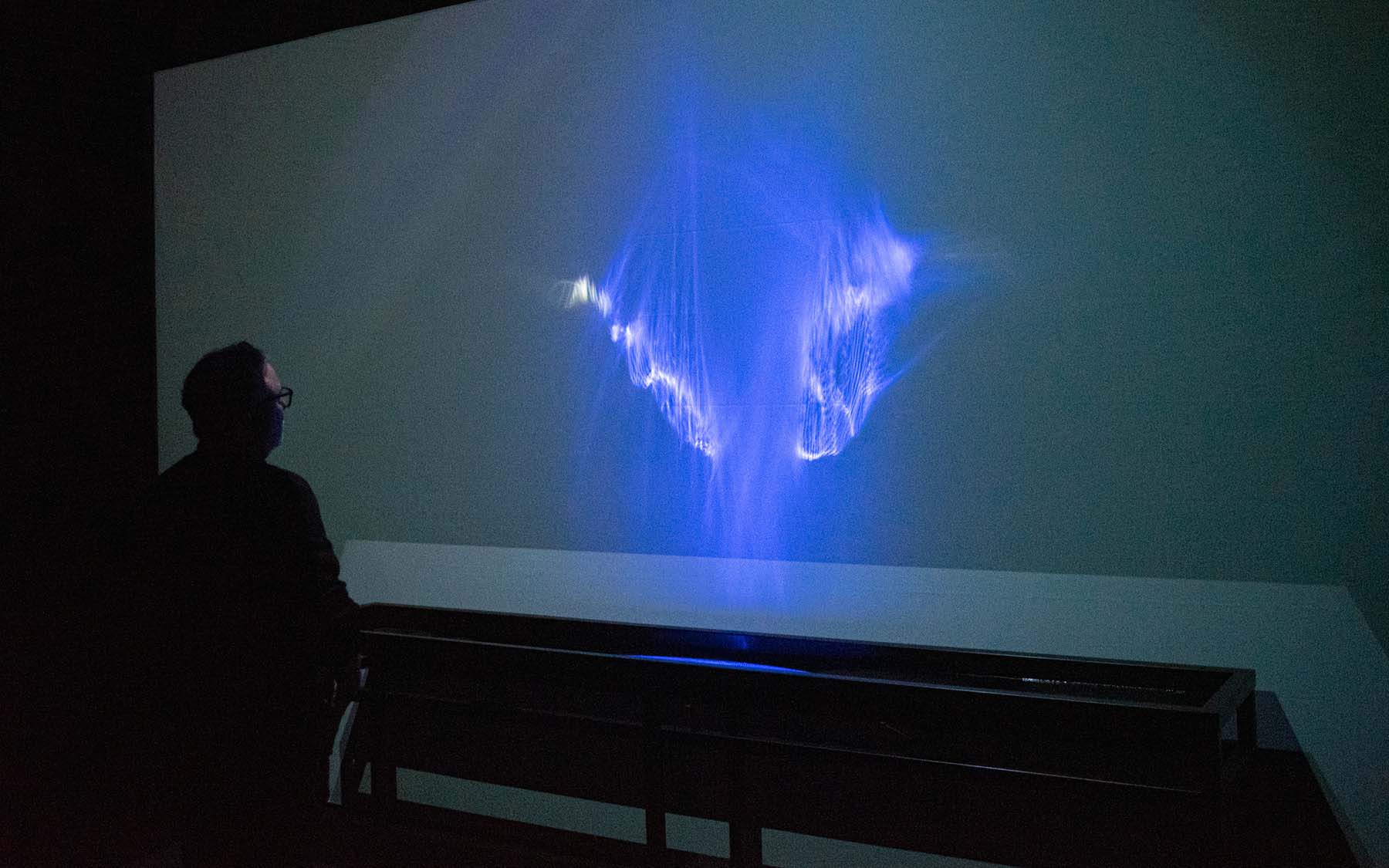

In the main hall, our design strategy was all about interactivity and subtle cues. We installed light interactive effects on the floor, a neat trick that gently hinted to visitors that this space was responsive to their movements. This set the tone for what was to come.
The centerpiece was an immersive film, which we synced up with the entire room for a full-on immersive experience, featuring a holographic film at the center. This wasn't just watching a film; it was like being a part of it.
But the real magic happened at the end. We created an interactive experience with the star of our film – the sea grass. Visitors could interact with it, and as they did, they'd uncover the ecosystem relying on it: the creatures that call it home and the oxygen bubbles it releases, which are vital for all of us. It was a hands-on way for visitors to really connect with the subject and grasp its importance.
For the technical side of things, our setup was pretty robust. We had three servers in play and a total of 16 projectors, along with 4 Kinects to sense and respond to audience movements. Servers A and B ran the main show. They had exact copies of the content,with the only difference that all the audio came exclusively from Server A. The hallway had its own setup, running on Server C. To keep everything in sync, we coordinated all the servers from Server A.
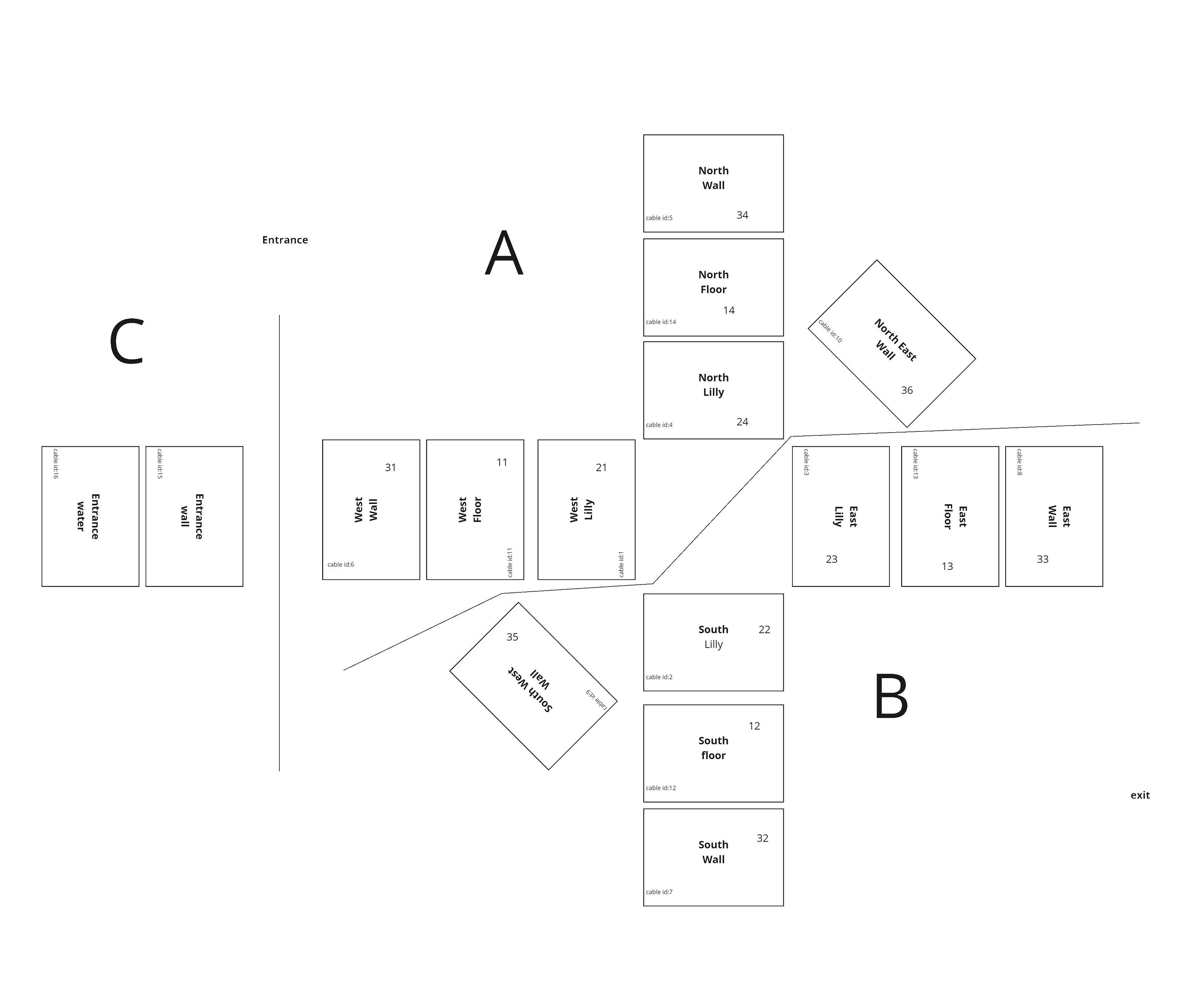

The main show control was built using TouchDesigner, a versatile tool for real-time interactive multimedia content. For the interactive part, we leaned on Unreal Engine for its graphics capabilities. The audio part was handled by a custom app we developed using Max, which gave us the flexibility we needed.
One of the biggest challenges was getting TouchDesigner and Unreal Engine to run smoothly on separate graphics cards. We needed them to share a video feed without causing any delay or dropping the frame rate. It was a bit of a juggling act, making sure each component worked seamlessly with the others, but in the end, it all came together to create this immersive, interactive experience.
